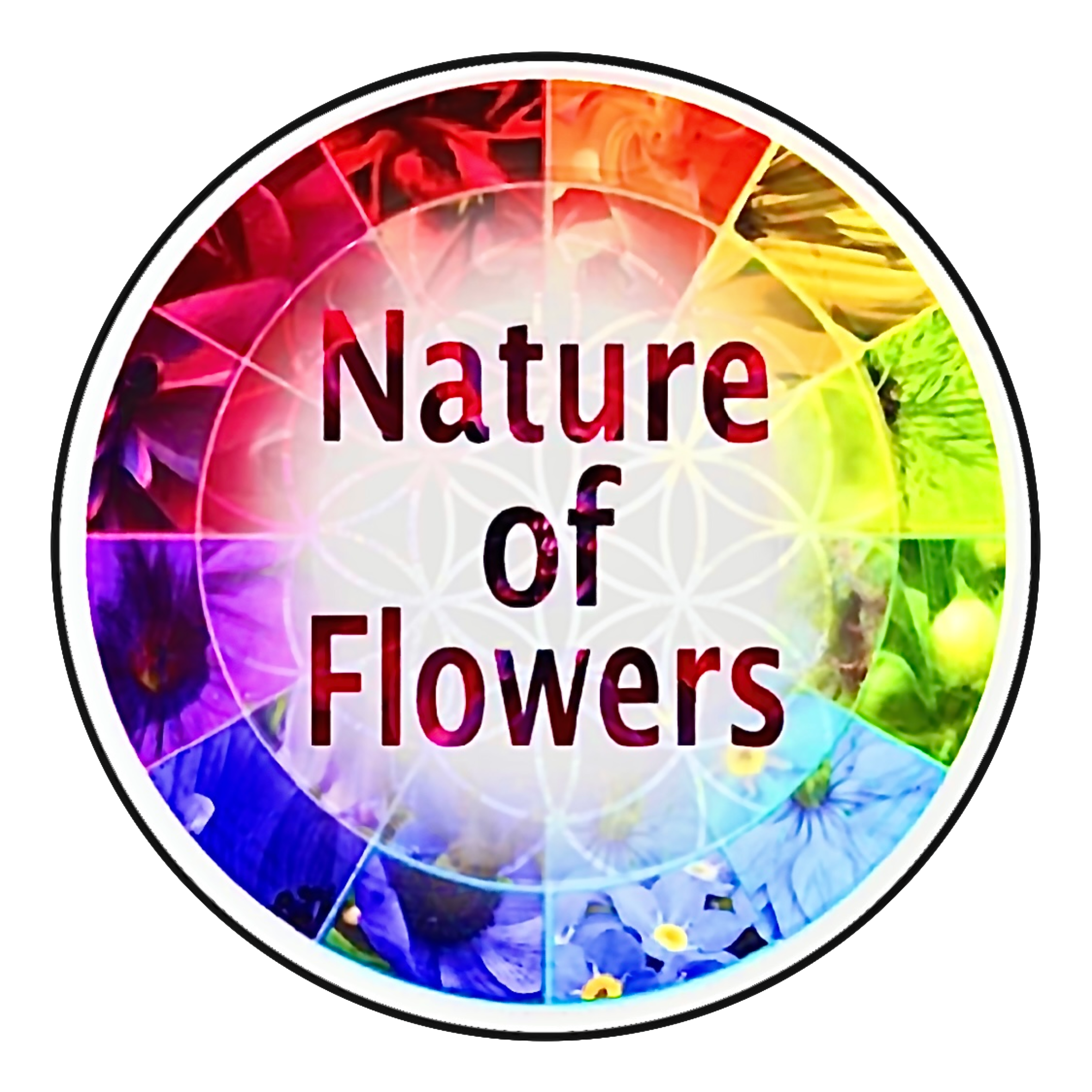"The Divine Dance: How Sacred Geometry and Flowers Weave a Tapestry of Beauty"
Introduction: In the intricate choreography of the natural world, two seemingly distinct realms converge: the ethereal elegance of sacred geometry and the vibrant allure of flowers. While one speaks the language of mathematics and symbolism, the other sings the song of color and fragrance. Together, they form a harmonious union that transcends the boundaries of science and art, revealing a tapestry of beauty that captivates both the mind and the soul.
Flowers as Living Geometry: In the heart of a blooming garden, a silent symphony unfolds – the geometry of petals. Nature's impeccable sense of design reveals itself through patterns that adhere to the Fibonacci sequence and the golden ratio, principles that have intrigued mathematicians and artists alike for centuries. As petals spiral outward, they create a mesmerizing display of balance and proportion, offering a tangible glimpse into the realm of sacred geometry.
Consider the sunflower, a botanical masterpiece that epitomizes these mathematical wonders. Its spiral arrangement of seeds echoes the Fibonacci sequence, each seed perfectly positioned for optimal exposure to sunlight. Roses, too, adhere to these geometric principles, with petals that spiral gracefully around their centers, forming a delicate embrace of symmetry and elegance.
Symbolic Meanings: Beyond their visual allure, flowers carry profound symbolic meanings that intertwine with sacred geometry. Across cultures and civilizations, certain flowers hold spiritual significance, each blossom conveying a message that transcends the material world. The marriage of sacred geometry and flower symbolism creates a potent language, one that speaks to the heart and soul.
For instance, the lotus flower, often associated with rebirth and spiritual awakening, unfolds its petals in concentric circles, mirroring the geometric perfection found in mandalas. The intricate layers of the lotus, much like the layers of a mandala, invite contemplation and introspection, guiding seekers on an inner journey.
Mandalas in Blooms: Mandalas, sacred geometric symbols representing the universe, find an unexpected yet enchanting embodiment in flowers. Certain blooms, such as daisies and marigolds, naturally form mandala-like patterns with their petals. These floral mandalas radiate outward from a central point, inviting observers to lose themselves in their mesmerizing intricacies.
Engaging with these natural mandalas offers a unique opportunity for meditation and mindfulness. As you gaze upon a flower's petal arrangement, you become immersed in a dance of shapes and symmetry, allowing your mind to quieten and your spirit to connect with the rhythm of the universe.
Conclusion: The dance between sacred geometry and flowers is a sublime choreography that harmonizes the tangible and the transcendent. As we explore the symmetrical patterns of petals and the symbolic significance of blooms, we glimpse the interconnectedness of all life and the profound wisdom encoded in nature's design.
In gardens and meadows, a silent dialogue unfolds – one that speaks of the cosmos' mathematical elegance and the timeless beauty of blossoms. It is an invitation to pause, reflect, and marvel at the exquisite union of science and art, geometry and emotion, form and spirit. In this divine dance, we discover that within the petals of a flower, the secrets of the universe unfurl, and in the embrace of sacred geometry, we find the language through which nature whispers its eternal truths.

